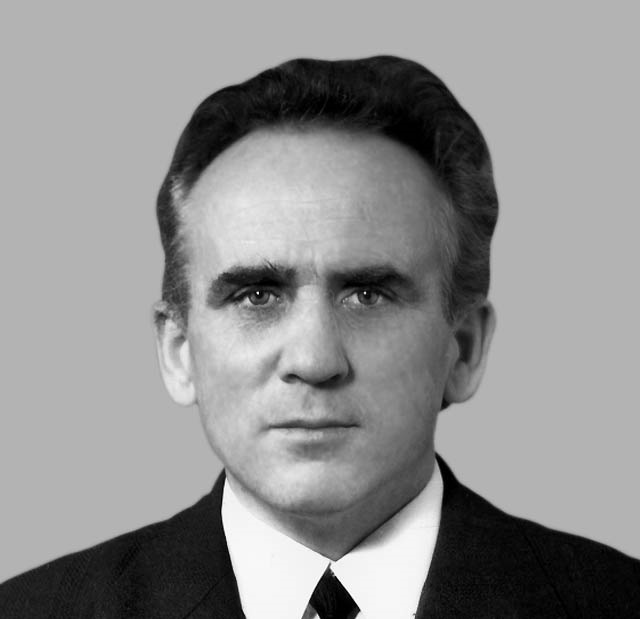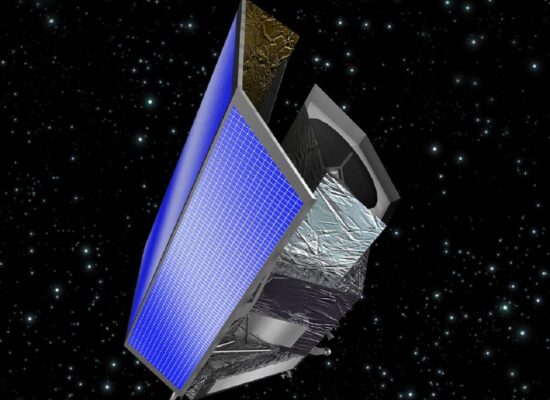About us
Kharkiv acts as an important center of astronomical science and education.
The Russian-Ukrainian war caused great damage to Kharkiv astronomy. Many scientific projects had to be suspended, especially those related to the launch of space technology. During the Russian-Ukrainian war, telescopes were damaged, in particular the largest radio telescope of decameter waves UTR-2, which was used to observe planets, study space weather and other galaxies. Observational equipment (in Crimea and the North Caucasus) and an entire research center in Kharkiv (Chuguiv observation station) were lost.
Our layout is aimed at providing access to quality information, educational resources and support for the community of astronomers in Kharkiv and throughout Ukraine. Such a platform should contribute to the revival of professional and amateur astronomy in Kharkiv and attract active young people to it.
The plan is to provide access to specialized learning materials and resources that help engage students in the study of astronomy and unlock their potential in this field.
We invite all interested persons to join the Stellar Insights community and expand their knowledge in the field of space exploration. Together, we can open new perspectives and expand our understanding of space.
Our goals
development
Revival of professional and amateur astronomy in Kharkiv and involvement of active youth.
Communication
Creating a favorable ecosystem where people from different professional fields can share, exchange and carry out joint projects aimed at the development of astronomy.
Teaching
Providing access to specialized learning materials and resources that help teachers engage students in astronomy and unlock their potential in the field.
Interesting Facts

Famous astronomers of Kharkiv



Our team
Relevant
Detonation products of rockets and projectiles are released into the atmosphere, and in certain regions, such as the east and south of Ukraine, continuously and repeatedly. Fires caused by explosions create harmful combustion products. For example, in case of ignition of BC compounds, these are nitrogen oxides, heavy metals and gas compounds. Also, fires occur in natural ecosystems and on agricultural land (burning of fields, forests), which leads to additional emissions of gas-aerosol impurities and soot. Added to this are soil aerosol particles that are formed as a result of explosions, rise into the atmosphere and can be transported to different distances by turbulent flows. As a result, harmful compounds can be formed in the atmosphere or useful compounds can be destroyed. All such effects occur in the troposphere: they occur in the surface layer at a height of 15-20 m and are carried several kilometers up (the troposphere in our latitudes reaches 12-14 km). All this provokes meteorological, weather and climatic consequences. The first is a change in the optical and physico-chemical characteristics of the atmosphere, that is, its turbidity and the formation of additional gas-aerosol substances. For example, tropospheric ozone, which works with greenhouse gases, is destroyed as a result of OH emissions. Such emissions affect the weather. Gas-aerosol impurities, combustion products and soil particles, for example, can be condensation nuclei. This leads to an increase in cloudiness, precipitation and the recurrence of thunderstorms. The effect of these combustion products lasts from several hours to several weeks, and then they are washed out of the atmosphere. But shelling on the territory of Ukraine now takes place constantly and constantly delivers these particles into the atmosphere, and therefore the process of emissions is prolonged for months
The latest news from the world of astronomy
Astronomers discovered two new exoplanets of the "super-Earth" type: what is known about them
The scientists said what makes these two planets orbiting in the habitable zone of their red dwarf star promising for further research. Astronomers have discovered two exoplanets of the "extraterrestrial" type (a class of planets whose mass exceeds the mass of the Earth, but is less than the mass of Neptune - UNIAN), rotating within the habitable zone of a nearby star. Each of the newly discovered exoplanets is slightly larger than our [...]
ESA launched the Euclid telescope into space to search for the mysterious "dark force" of the universe
Although "Euclid" will not be able to say unequivocally what the nature of dark matter and dark energy is, he should narrow the framework of models and ideas that fill modern thinking. The Euclid space telescope, a project of the European Space Agency (ESA), launched on July 1 from the Cape Canaveral Spaceport in Florida. The device launched into orbit by the SpaceX Falcon 9 launch vehicle is called [...]
The Webb Telescope has discovered the most distant active supermassive black hole
The researchers also observed two other smaller black holes. Researchers have discovered the most distant active supermassive black hole to date using the James Webb Space Telescope (JWST). The CEERS 1019 galaxy existed about 570 million years after the Big Bang, and its black hole is less massive than any other discovered in the early universe, writes the Independent. Astronomers observed two more smaller black […]




